A long drive from north of Graz to Postojna through Alpine countryside of northern Slovenia, and we stopped for the night in a forest outside Postojna.
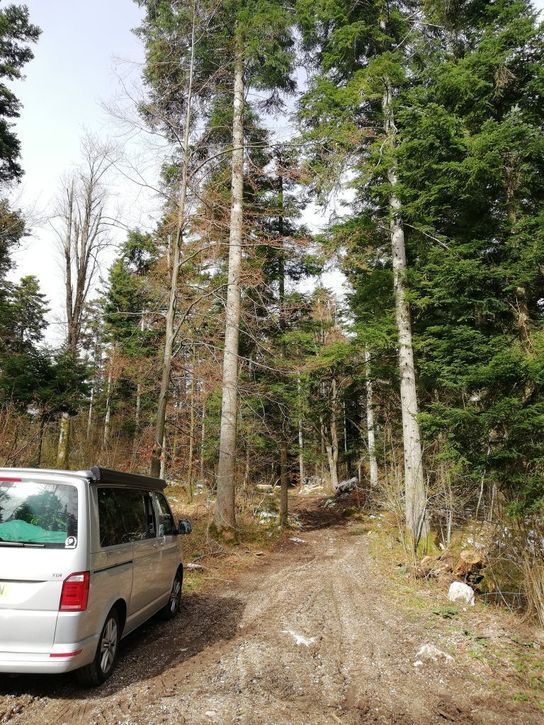
The following morning (15th April) we went to see the incredible Postojna cave where you travel on a train through the chambers full of stalagtites and stalagmites.
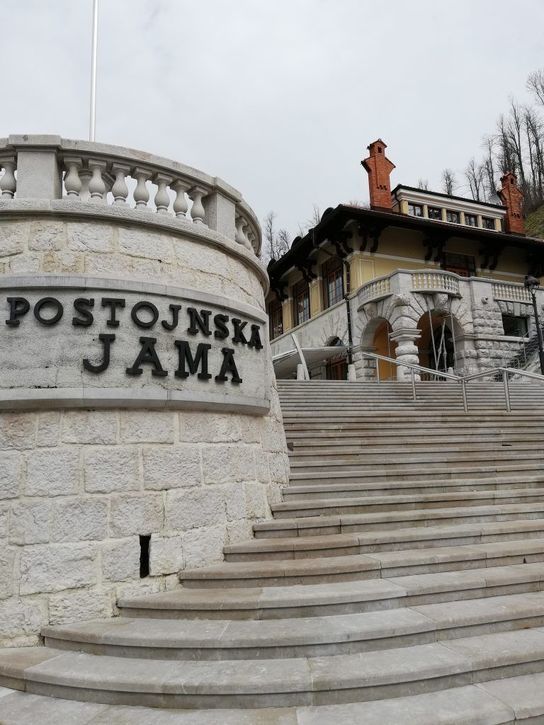
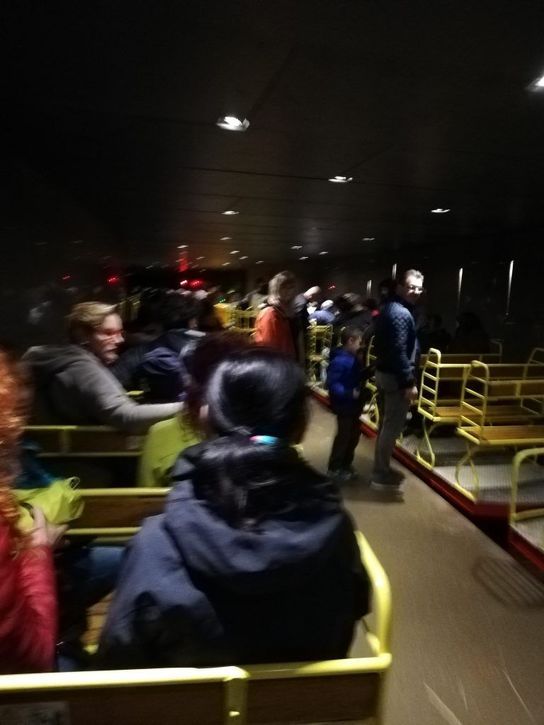
The cave was first described in the 17th century by the pioneer of study of karst phenomena, Johann Weikhard von Valvasor, although graffiti inside dated to 1213 indicates a much longer history of use. In 1818, when the cave was being prepared for a visit by Francis I, the first Emperor of the Austria-Hungary, a new area of the cave was discovered accidentally by local Luka Čeč. In the 1850s, the Austrian-Czech geographer Adolf Schmidl published the first comprehensive scientific overview of the Postojna caves and the Pivka Basin, which became a standard reference point in the study of speleology.
In 1819, Archduke Ferdinand visited the caves, this is when the caves became officially known as a tourist destination. Čeč became the first official tourist guide for the caves when the caves were opened to the public. Electric lighting was added in 1884, preceding even Ljubljana, the capital of Carniola, of which the cave was part at the time, and further enhancing the cave system’s popularity.
In 1872, cave rails were laid along with first cave train for tourists. At first, these were pushed along by the guides themselves, later at the beginning of the 20th century a diesel locomotive was introduced.
During World War I, Russian prisoners of war were forced to construct a bridge across a large chasm inside the cave.
During World War II, German occupying forces used the cave to store nearly 1,000 barrels of aircraft fuel, which were destroyed in April 1944 by Slovene Partisans. The fire burned for seven days, destroying a large section of the cave and blackening the entrance.
After 1945, the gas locomotive was replaced by an electric one. About 5.3 kilometres of the cave system are open to the public.
In June 2015 the cave administration reported that cave divers managed to explore a further underwater section of the cave leading towards Planina Cave, thus lengthening the cave system from 20,570 m to 24,120 m.The cave also houses the world’s only underground post office.
The caves are also home to the endemic olm, the largest troglodytic amphibian in the world. The tour through the caves includes an aquarium with some olms in it. On January 30, 2016, a female olm at the cave began to lay over 50 eggs. This rare event led to global news about Postojna Cave and the olm. From the end of May to mid-July 2016, twenty-two baby olms successfully hatched.
Karst topography refers to a plateau in southwestern Slovenia and northeastern Italy, which gave the name to karst topography.
Postojna Cave was carved by the Pivka River over millions of years.There are stalagmites, stalactites, and formations called curtains or draperies that look like folded curtains.
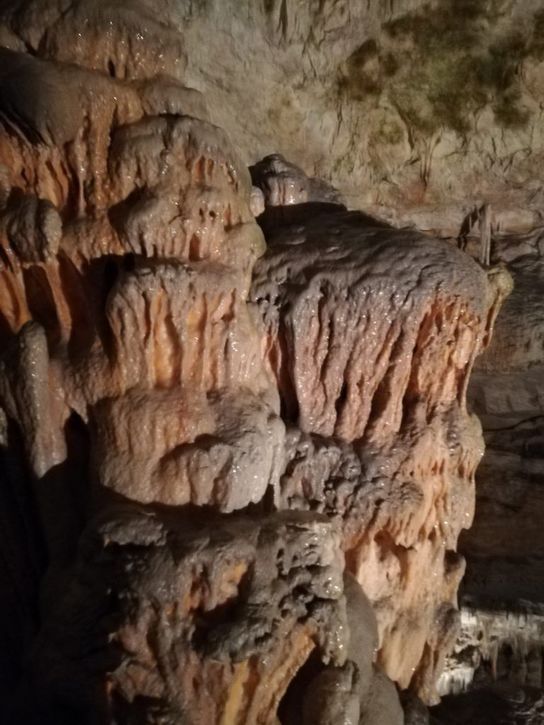
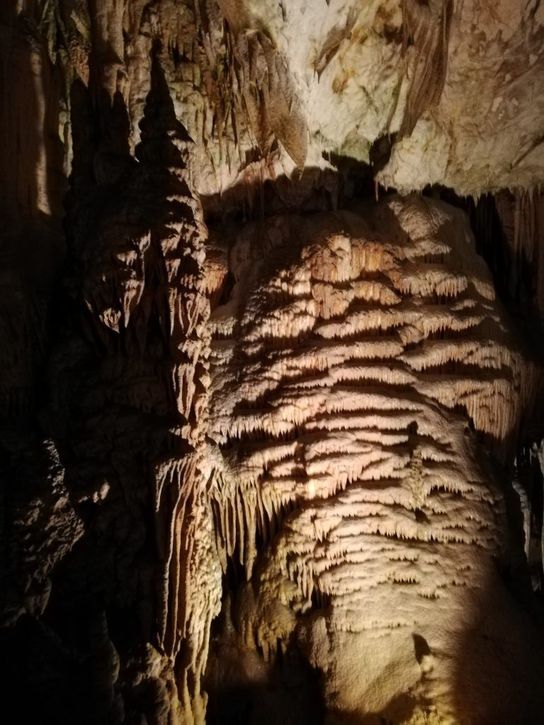 Cave
Cave
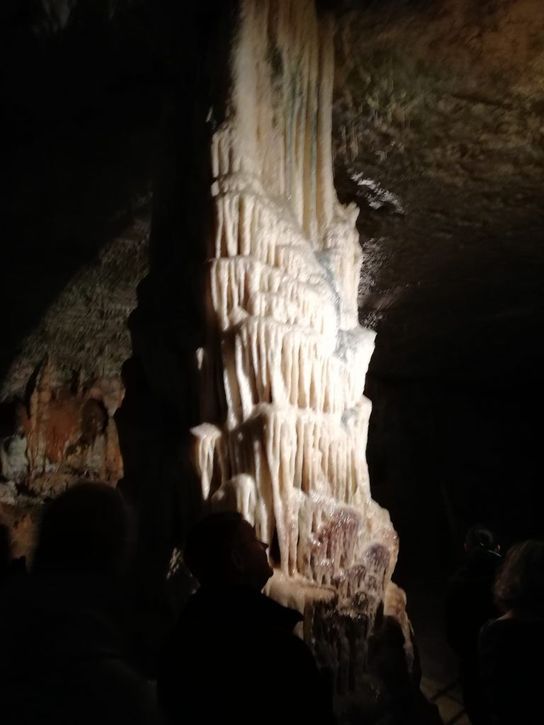 Cave
Cave
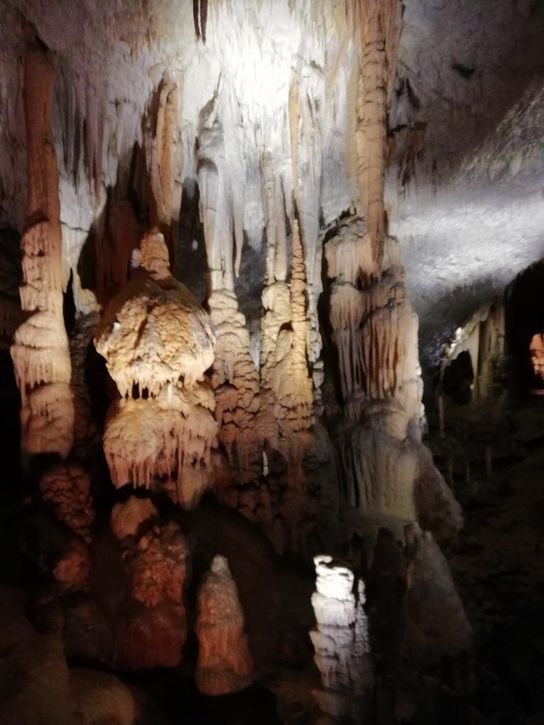 Cave
Cave
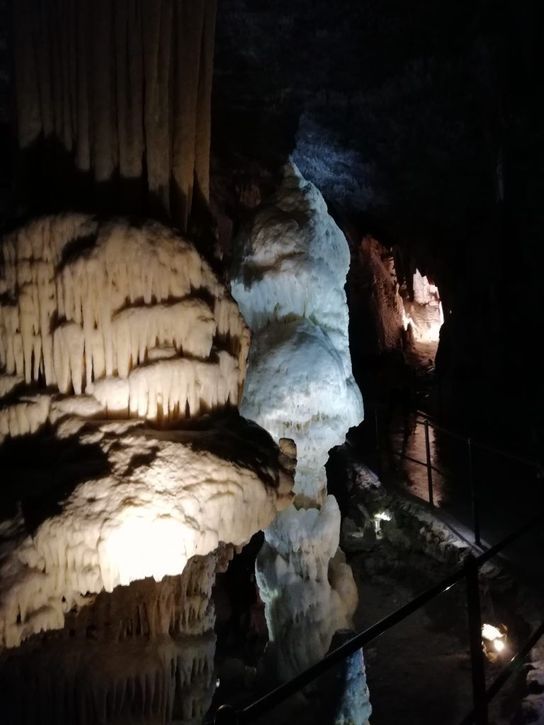 Cave
Cave